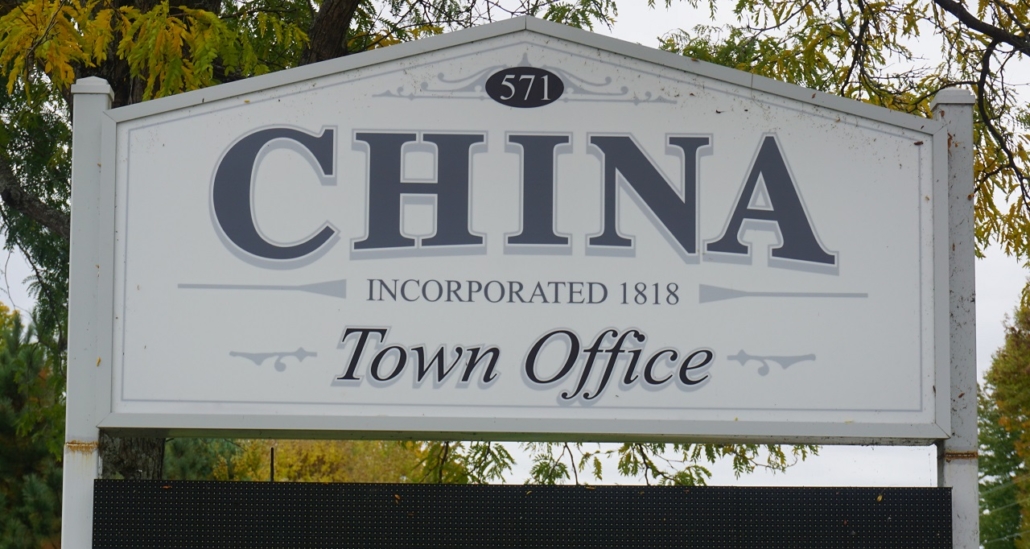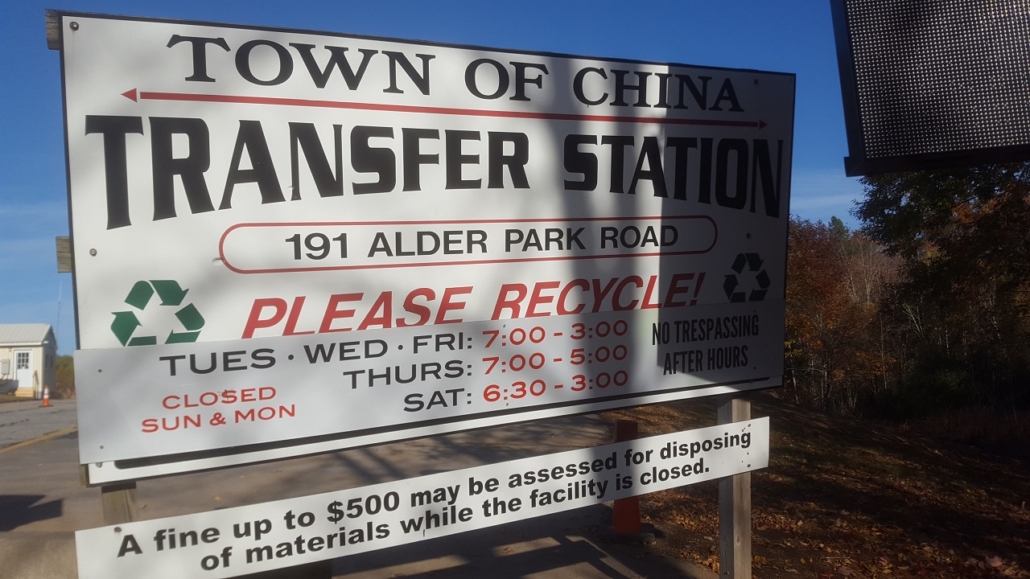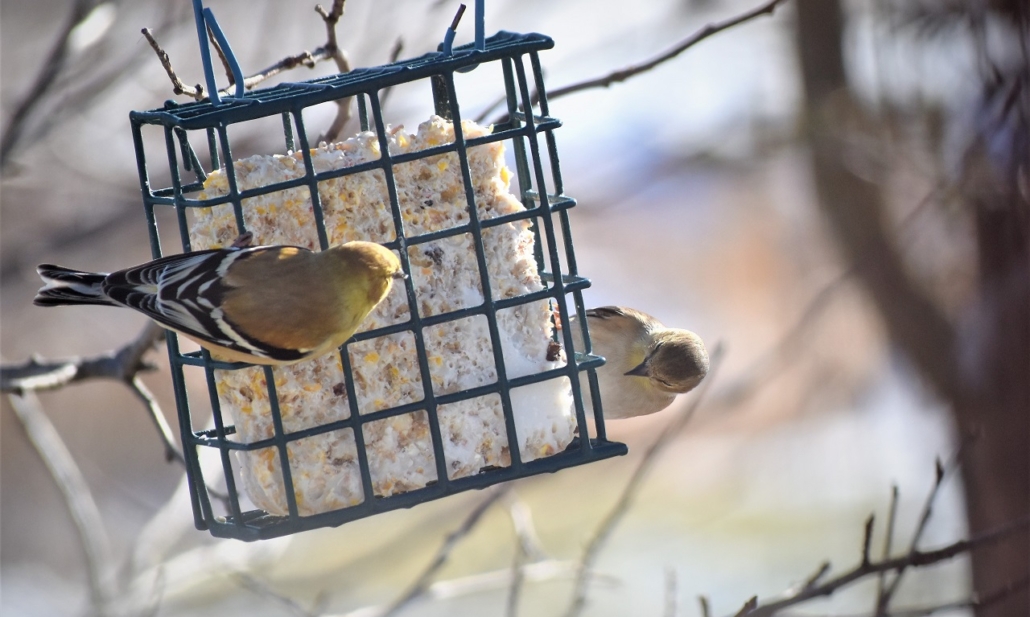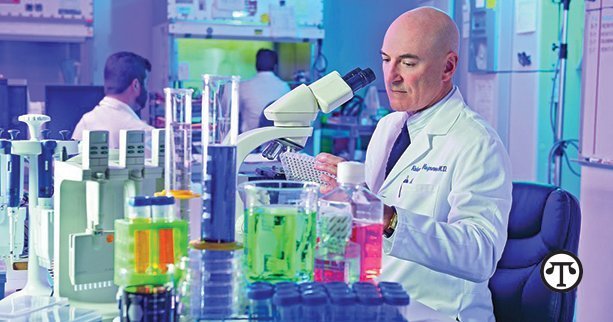China selectmen set tax rate at 14.40 mil
 by Mary Grow
by Mary Grow
China selectmen have set the tax rate for the current fiscal year, after a presentation by Tax Assessor William Van Tuinen at the Aug. 16 Selectboard meeting.
The new rate Van Tuinen recommended and selectmen approved is 14.40 mil, or $14.40 for each $1,000 of taxation. The rate for the year that ended June 30, 2021, was $14.90 per $1,000, selectmen said.
Van Tuinen warned property-owners not to expect lower bills, however. Tax bills depend on the value he has assigned to property multiplied by the tax rate; and because house prices have risen so dramatically, he increased building valuations by 16 percent.
He used building values for the fiscal year that ended June 30, 2020. Since house prices have continued to rise, another upward revaluation is likely in a year.
Van Tuinen explained that by state law, an assessor needs to keep valuations close to market prices. If the difference gets too large, the state penalizes the town, by reducing various state financial contributions.
China is expected to spend more than $9.5 million in the current fiscal year, with more than half going to the school budget. By Van Tuinen’s figures, a little under $7.1 million will come from property taxes, the rest from other sources, including an anticipated $500,000 in state revenue sharing.
At the June 8 town meeting, voters approved a list of other revenue sources – revenue sharing was then estimated at $335,000. They also set tax due dates: the first half payment is due Thursday, Sept. 30. Town Manager Becky Hapgood expects bills will be mailed out before the end of August.
Selectmen followed up on another town meeting vote at their Aug. 16 meeting, the one authorizing them to sell the former subdivision on the east side of Lakeview Drive through a licensed real estate agent and to put the proceeds “in an assigned fund to reduce the mil rate in the fiscal year following the sale.”
After discussion, they voted unanimously that Lucas Adams of Adams Realty should handle the sale. Adams proposed a seven percent commission and, Hapgood said, he offered to work with Lindsey Harwath, head of the People’s Park organization seeking to raise funds to buy the land, and to reduce his commission if the group succeeded.
Adams valued the land at between $80,000 and $100,000. Selectmen split the difference and voted, again unanimously, to set $90,000 as a starting price.
Selectman Janet Preston asked whether the other board members had a goal for the property – did they favor the park (which she supports), or were they willing to see it become whatever a buyer wanted, even if the use did not benefit the town?
Sell it to the highest bidder, Selectman Wayne Chadwick said. He and fellow board member Blane Casey are dedicated to keeping taxes down; both reacted to the approved mil rate by commenting they need to budget more tightly this year.
Chadwick then made a third motion, to put the property on the market immediately while the market is up, rather than waiting to give the People’s Park group time to seek pledges and grants. That motion was approved on a split vote, with Chadwick, Casey and Irene Belanger in favor and Breton and Preston opposed.
Two other major items on the Aug. 16 agenda were proposed questions for the Nov. 2 local ballot.
Board members postponed action on the planning board’s requests and did not discuss the draft Solar Energy Systems Ordinance or the proposed shoreland zoning changes. (See related story, p. 8).
They debated the China Broadband Committee’s (CBC) request to ask voters to approve a bond issue for more than half an hour, discussing first whether to ask voters to weigh in at all and, after they agreed to that, whether there should be a Selectboard recommendation to approve or reject the article.
If the issue goes on the ballot, voters approve and selectmen borrow the money, currently anticipated to be $5.6 million, it would be used by Axiom Technologies to build new broadband infrastructure.
Chadwick was the only board member to vote against putting the bond issue on the Nov. 2 ballot. He thinks town government should not be in the telecommunications business.
Casey agreed with Chadwick, and Breton has strong reservations about the CBC’s plan. But both argued that after CBC members have worked so hard, they deserve a vote.
The selectmen’s recommendation on the article will be “Leave to the people,” or similar wording. Chadwick and Breton opposed that decision; Chadwick would have recommended not to approve the bond, and Breton thought selectmen should offer guidance.
“They [voters] didn’t elect us to dump it on them,” he said.
Less controversial agenda items included:
— Accepting the highest of seven bids for the old grader, $13,250 from Baker Machine, in South China;
— Reappointing Belanger as the town’s representative to the Kennebec Valley Council of Governments’ General Assembly, with Preston the alternate; and
— Renewing the license for Wildwood Pawn Inc., outside China Village.
Hapgood presented preliminary information she had collected on heat pumps for the town office and transfer station. Chadwick suggested other local venders she could contact.
The next regular China selectmen’s meeting will be Monday evening, Aug. 30.















